Fast-Growing, Cold Hardy Tree
Why Quaking Aspen Trees?
Known for climate and soil adaptability, with gains of up to 5 feet per year, the Quaking Aspen Tree makes a statement. Especially since it boasts gorgeous fall color you'll love. And the Quaking Aspen is well-known for thriving in cold climates and poor soil.
Your new tree will give you bright yellow leaves in the fall - stunning against its white bark. An amazing tree in every sense, the Quaking Aspen gets its name from its shimmering heart-shaped leaves...as well as its characteristic tremble or quake when a light breeze passes through the tree.
Why Fast-Growing-Trees.com is Better
But the best benefit of our Quaking Aspen Tree, by far, is that we've planted, grown and nurtured trees for amazing results. That means you get a ready-to-grow specimen as soon as it arrives to your door, healthy roots intact.
You get a head start on growing...and reap the rewards of our hard work at the nursery. See what the hype's about - get your own Quaking Aspen Tree today!
Planting & Care
1. Planting: If you are experiencing extreme heat, place your potted tree in a well-shaded area, such as a garage, or plant it in a well-shaded area in your lawn.
When you're ready to plant, select a full sun location receiving 6+ hours of direct sun. The Quaking Aspen is quite adaptable to many soil types but require well-draining soil. Dig your hole two times the width and depth of the root system of the plant your are working with. Hold the tree straight as you begin back filling the hole with your gardening/native soil mixture. Once the hole has been completely filled, water the area to settle the soil and then mulch to help keep weeds and grass.
2. Watering: During the first year, make sure your tree gets water during extended dry spells, particularly in the summer months. Drooping leaves are a sign of both over or under watering, so take great care of your tree. Generally, watering once weekly should be fine.
3. Fertilizing: Use 10-10-10 or 20-20-20 fertilizer formula. Avoid fertilizing the tree directly. Instead, fertilize the tree’s soil.

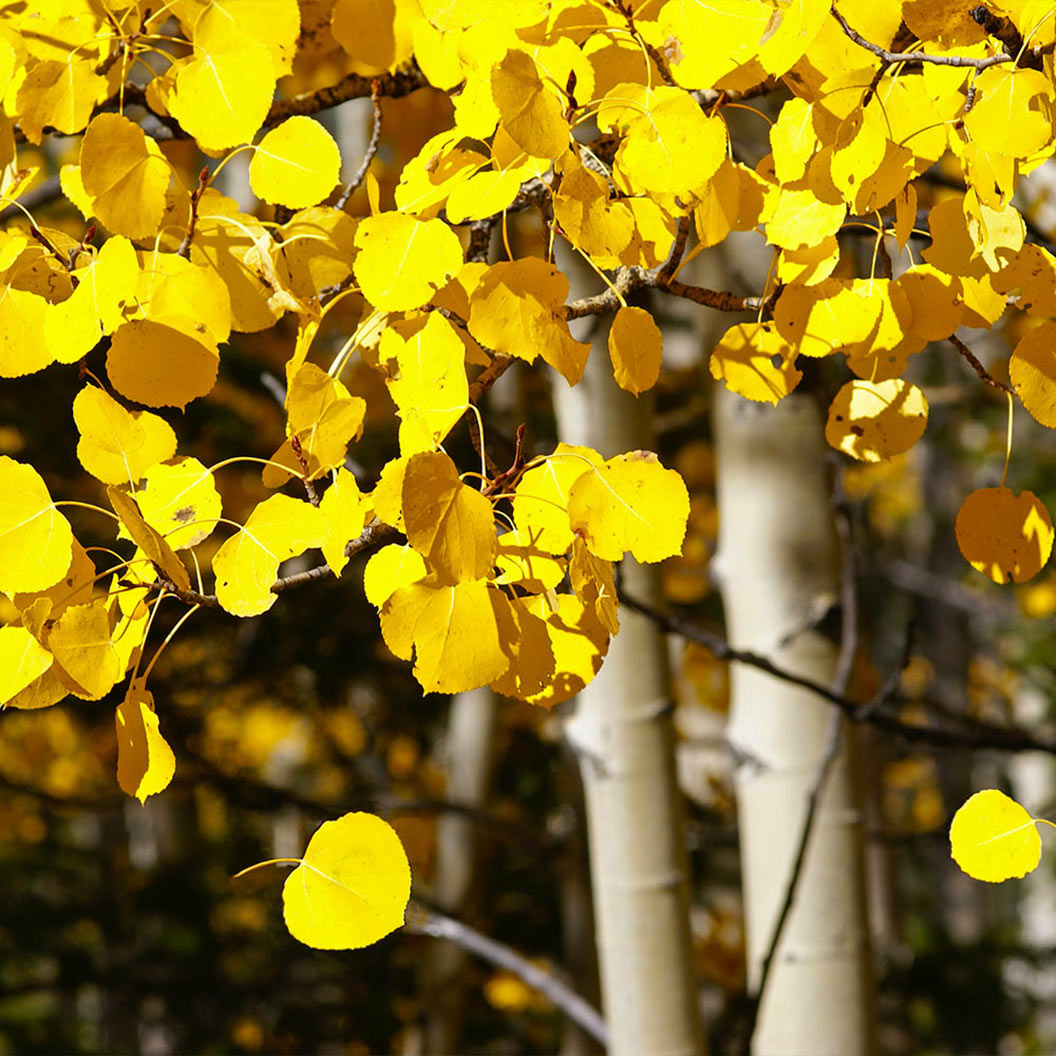
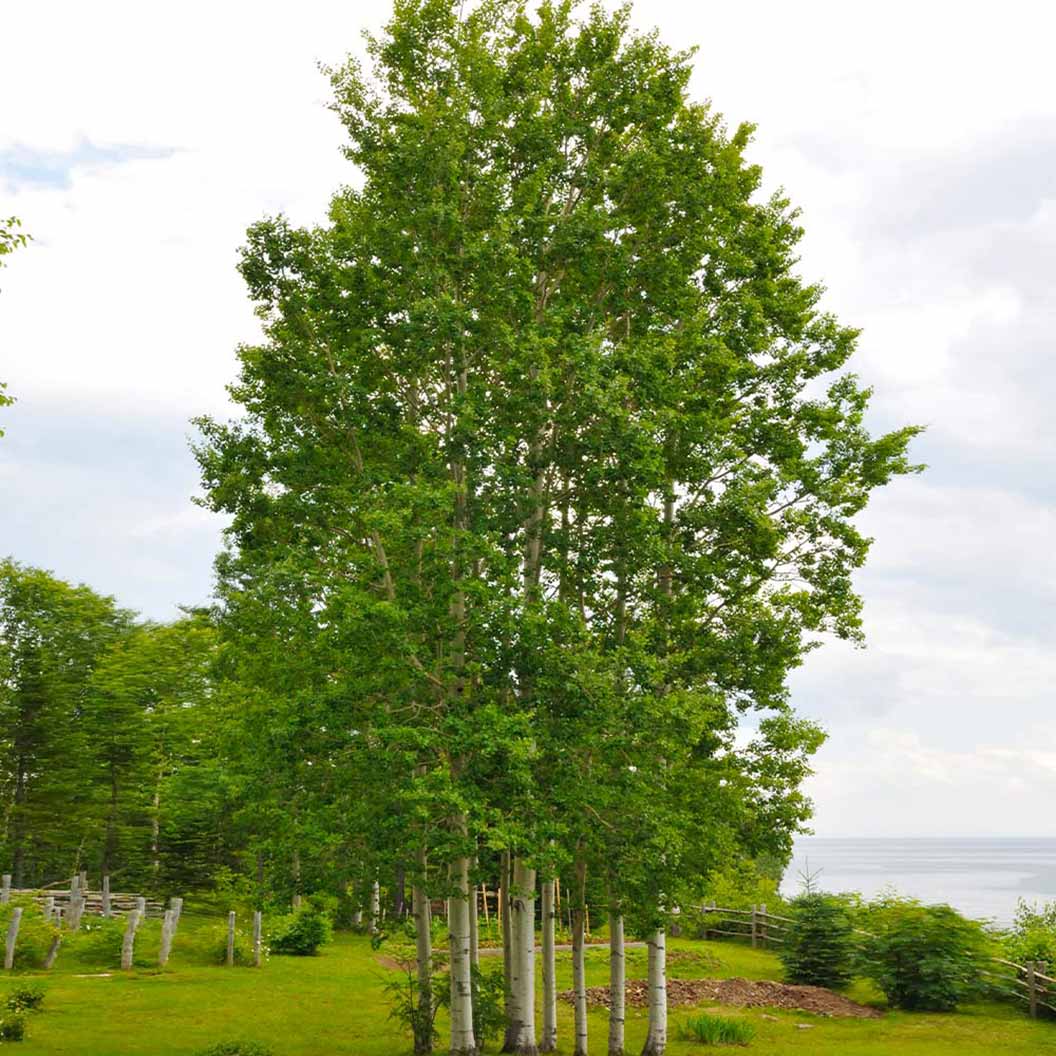
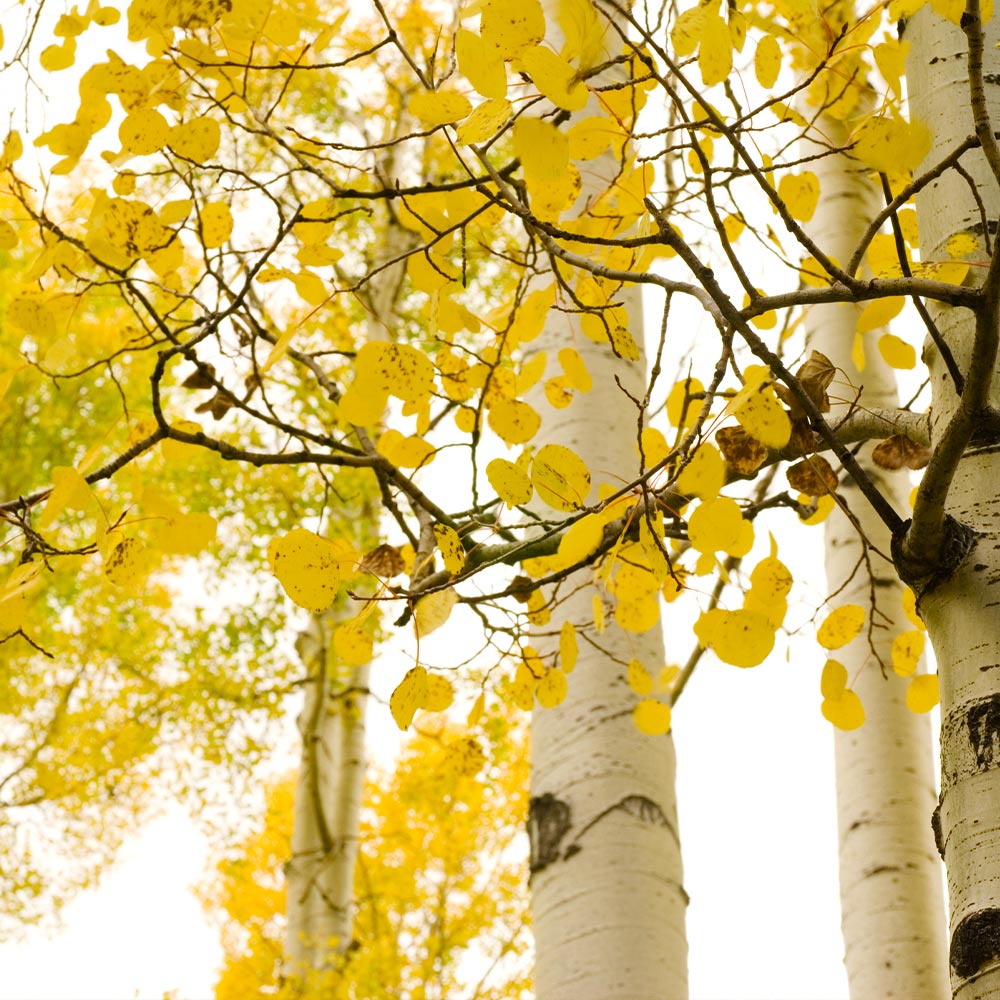
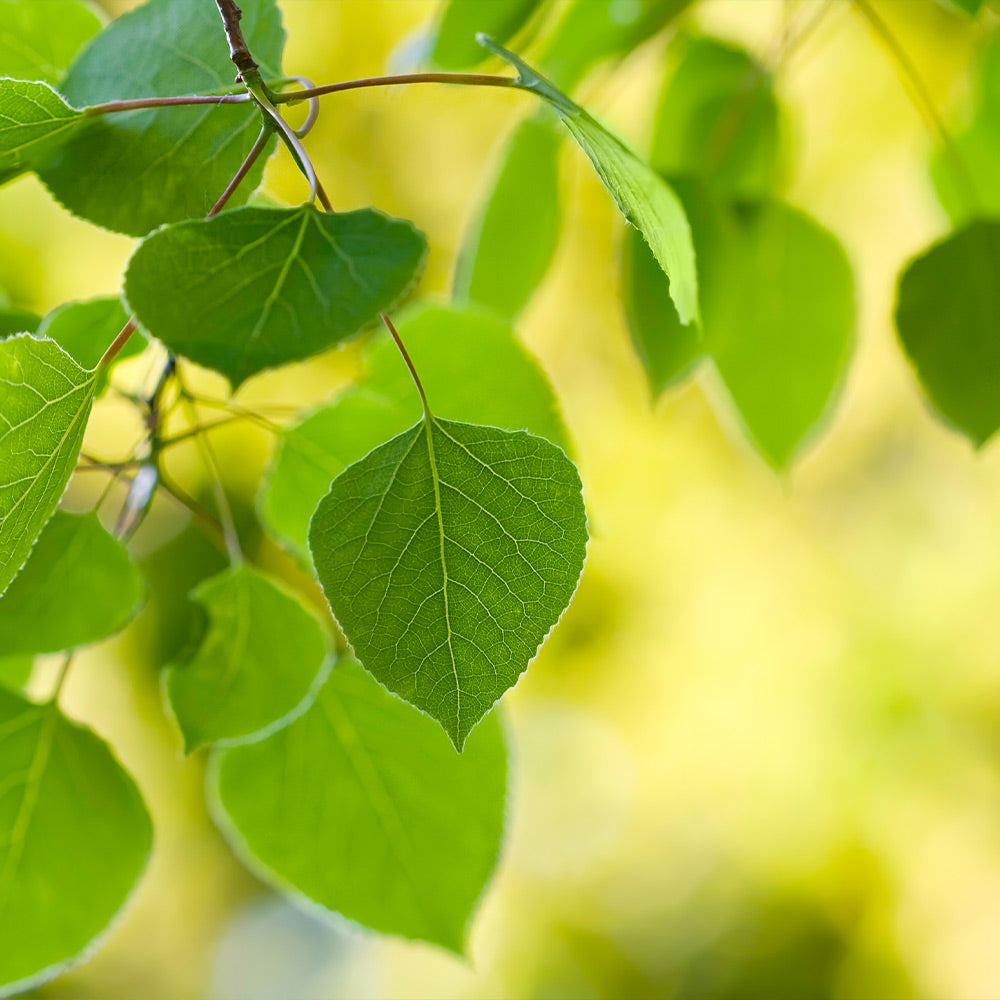
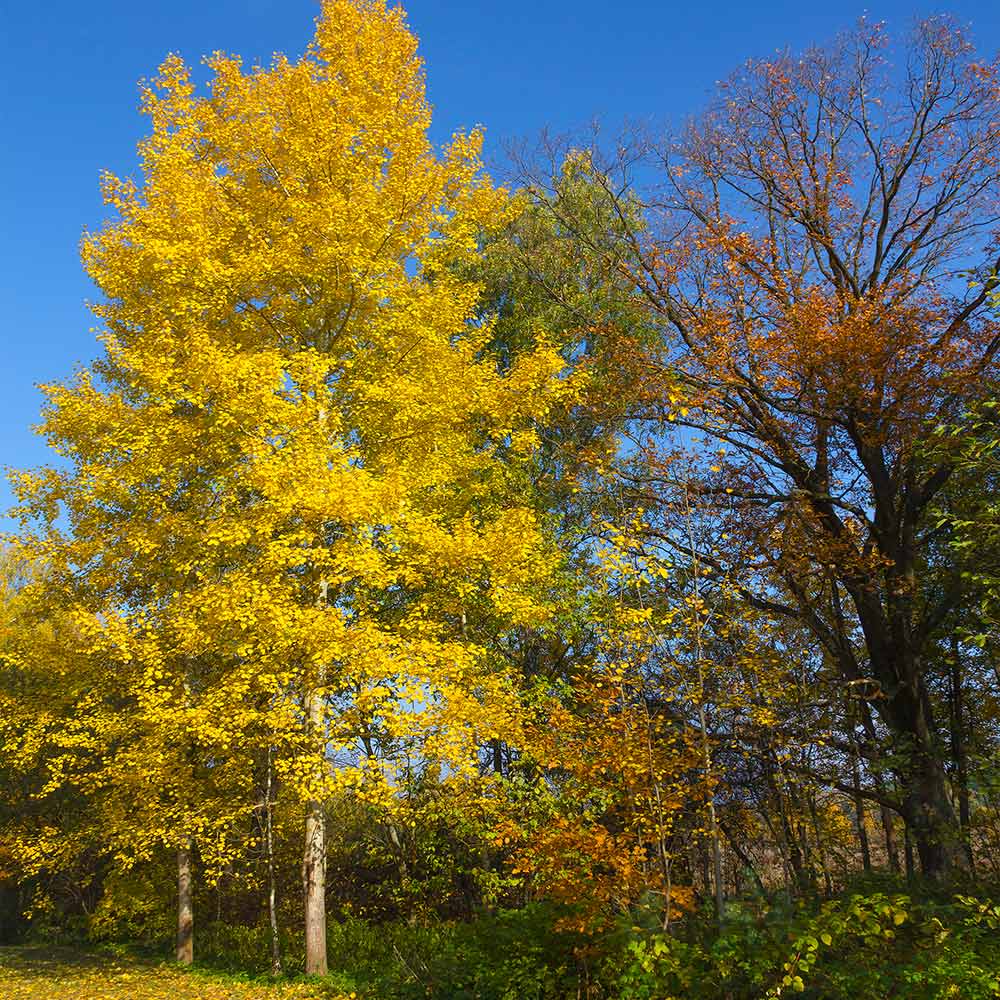

Comment